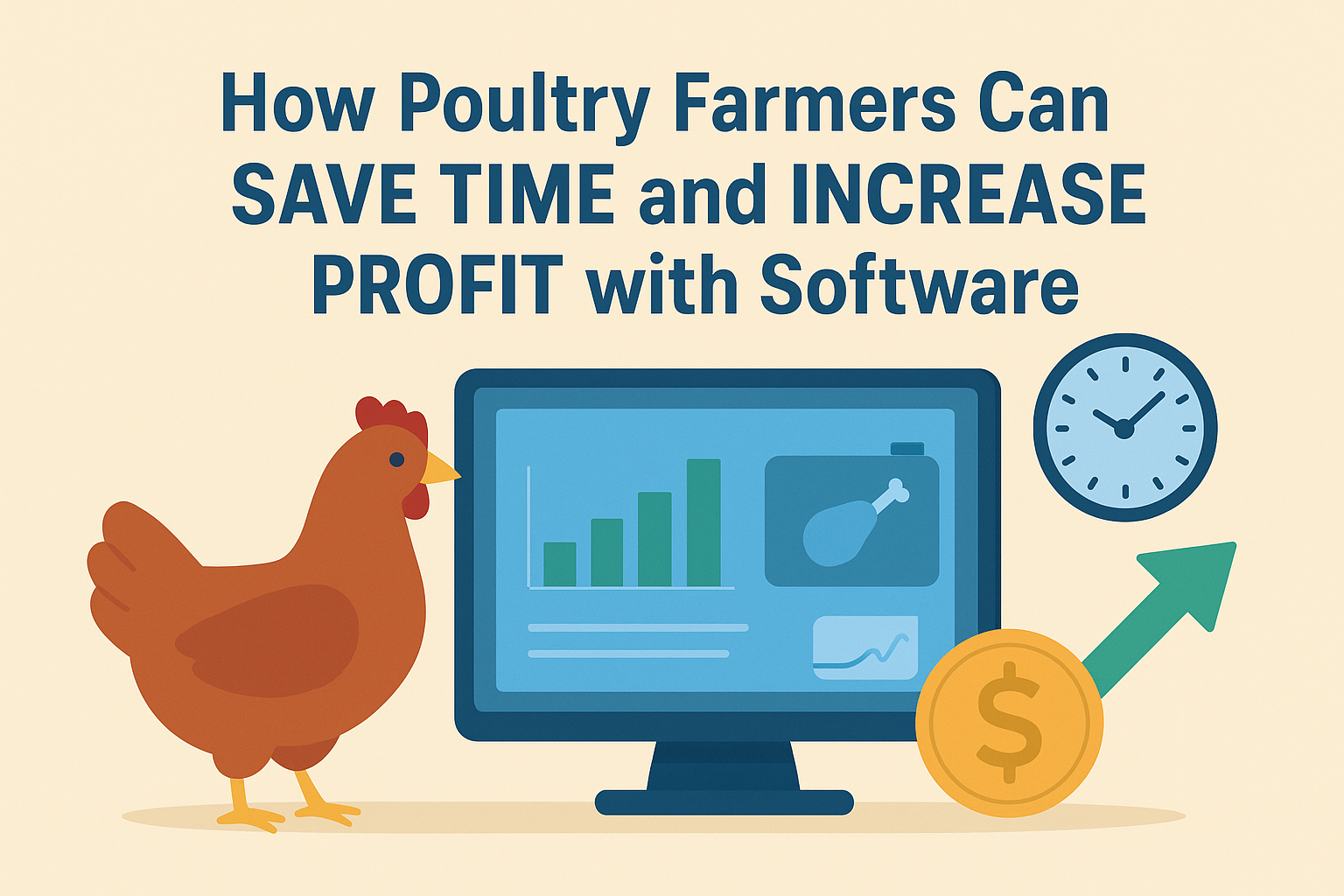Chicken is the No. 1 protein consumed in the United States.Americans consumemore chicken than anyone else in the world – about 93 pounds per capita annually. Americans also consume 95 million dozen eggs per year.
Around 18% of poultry meat is exported, making the U.S. the second-largest exporting country in the world.
According to the U.S. Poultry and Egg Association, the combined value of production from broilers, eggs, turkeys, and the value of sales from chickens in 2018 was $46.3 billion.
The National Chicken Council says 95% of broiler chickens are raised by about 25,000 family farmers contracted with around 30 companies.
Poultry is raised in all 50 states, with Alabama and Arkansas leading the way in production of broilers(chickens raised for meat). Iowa leads in egg production. North Carolina and Minnesota lead in turkey production.
Flocks range from large commercial operations to backyard flocks. Even single birds are kept as pets and show birds. Pathogen-free eggs are raised for medical purposes. Turkeys are a Thanksgiving staple.
According to the2010 Assessment of the Environmental Impact of the U.S. Egg Industry, compiled by Iowa State University, the environmental footprint of one dozen eggs has been reduced by up to 71%over the last 50 years. Researchers credit increased crop yields, better equipment and production processes, genetic improvements, and nutritional advancements.
GETTING STARTED POULTRY FARMING
Raised in the wild, they eat bugs and worms in addition to vegetation.
Like other livestock operations, turkey farms rely on a nutritionist to ensure adequate diet – a diet that will change as many as 10 times over the life of the bird.
Also like other forms of livestock, antibiotic use requires oversight by a veterinarian, and it is illegal to give any type of poultry hormones or steroids.
Chicken farms that raise broilers have worked to improve their image by increasing transparency.
HOUSING POULTRY COMFORTABLY
Conventional housing systems are most common and consist of solid metal or mesh poultry cages with a sloped floor that house 3 to 8 birds. Water is provided through an overhead system, and feed is offered in a trough along the front of the cage. They may be stacked or spread across the floor, depending on available space.
Conventional systems work well for broiler production, where supplying adequate feed for growth is the primary concern. In a layer cage, there are holes for the eggs to drop.
If you are breeding chickens, you will want parent stock cages that allow mating and where minimal egg breakage is of primary concern. Breeding systems also include rearing cages that allow for chick growth.
POULTRY FEEDING OPTIONS
Chicks are fed a high-protein starter diet from soon after hatching until 6 to 8 weeks of age. They are then switched to a finisher or developer diet with more energy than protein.
All types of beans and peas provide good protein in poultry diets, but they must be processed (roasted or steamed). Raw, unprocessed beans contain enzyme inhibitors that interfere with digestion and nutrient absorption.
EGG-LAYING POULTRY BREEDS
The White Leghorn is a classic chicken breed for eggs. It’s a prolific producer of large white eggs. The Black Copper Maran is a French breed that lays chocolate brown eggs.
As long as they are comfortably housed, well fed, and kept healthy, you can enjoy fresh eggs as often as you like.
EXOTIC POULTRY BREEDS
Chickens provide meat and eggs, for both the large and small producer. They also make good pets.The breed originated in Southeast Asia prior to the year 1200 and is easily identified by its plume of silky feathers. They are inexpensive to keep, easy to care for, and thrive in both warm and cold climates. They can be affectionate, providing companionship and entertainment.
It is important to only purchase Silkie chickens from a reputable breeder that is National Poultry Improvement Plan (NPIP)certified. Sometimes called a Slate Turkey or a Lavender Turkey, they originated in Mexico more than 2000 years ago.





